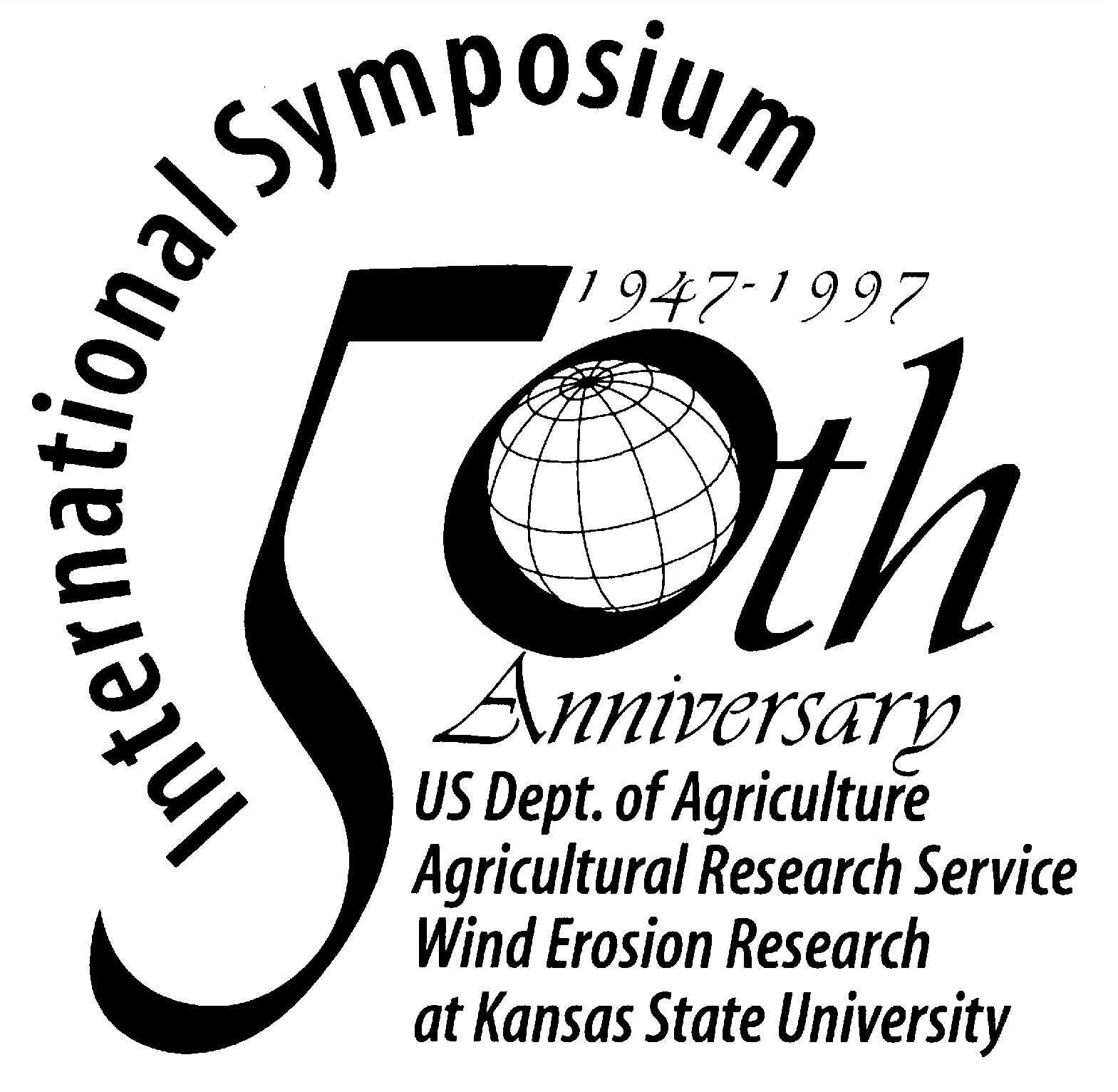|
Effectiveness of Polyacrylamide (PAM) for Wind Erosion Control D. V. Armbrust
Abstract
Polyacrylamide (PAM) is very effective in reducing water erosion from furrow
irrigation. However, it has not been evaluated for wind erosion control. The objective of
this study was to evaluate the effect of PAM on: (a) the amount of loose erodible material
on the surface, (1)) freestream threshold velocity, and (c) abrasion resistance of the
treated surface. Three formulations of PAM, one liquid and two powders (varying in
molecular length), were applied to trays (1 48.6 cm by 16.5 cm) filled with Haynie very
fine sandy loam and Smolan silty clay loam (sieved to remove aggregates >0.64 cm) and
tested in the wind tunnel. Powders were applied as a liquid, diluted 1:1000 with water,
and dry, activated by 5 mm simulated rain. Rates were 25, 50, 100,200, and 400 percent of
the recommended rate of 5.6 kg/ha for powder and 9.3 l/ha for liquid (1:1000 dilution).
Loose erodible material was reduced 31 to 99 percent and the threshold velocity was
increased 11 to 231 percent with the application of PAM on both soils. However, all
PAM-treated surfaces were less resistant to abrasion than the surface treated with just 5
mm of simulated rain. Application of PAM will reduce wind erosion IF the treated area can
be protected from incoming saltation particles. |




